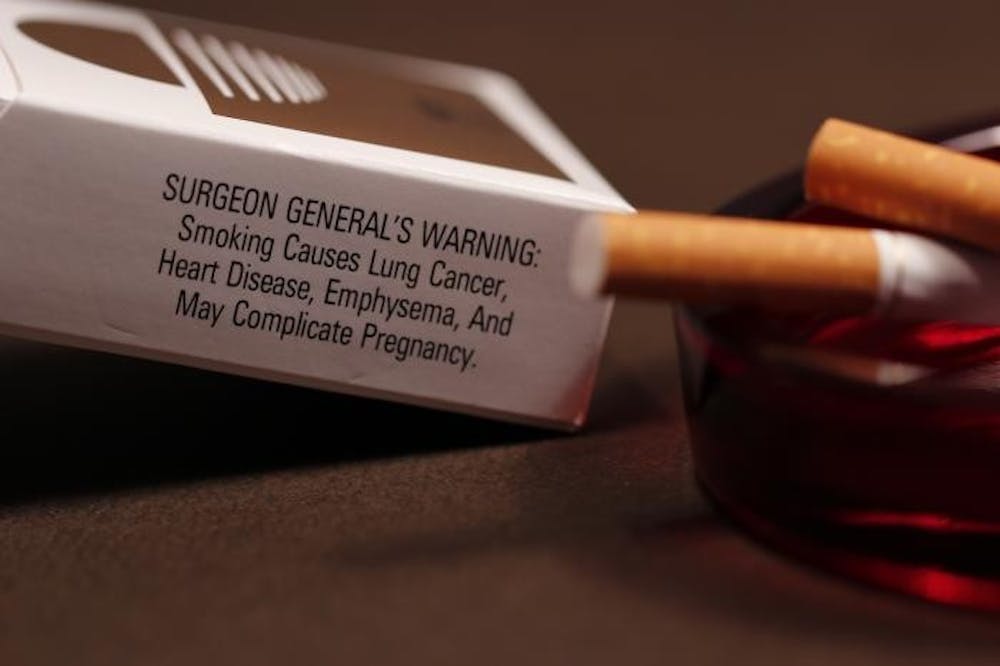According to the Centers for Disease Control, smoking kills approximately 480,000 Americans each year, including nearly 50,000 deaths from secondhand smoke. On average, smokers die about 10 years earlier than nonsmokers. As such, lawmakers, public health officials and advocacy groups all around the world have been pushing to reduce the rates of smoking. Many nations require that health warnings must be printed on cigarette packs and several countries have mandated that graphic images must be printed on the packs as well.
A new study, published in the journal Tobacco Control is the first to prove the efficacy of using graphic images on cigarette packs to warn against the dangers of smoking for both adults and infants.
In 1966, the U.S. became the first country to require health warnings on cigarette packages. Since then, several countries have moved to implement more stringent laws that regulate the production, sale and distribution of tobacco. Most notable, perhaps, is the 2003 World Health Organization’s Framework Convention on Tobacco Control, a treaty that established a set of universal standards aimed at limiting the use of tobacco worldwide.
Although the U.S. was one of the first countries to take steps to dissuade smokers, it currently has one of the least restrictive labelling requirements.
In 2011, the U.S. Food and Drug Administration (FDA) began to require that more extensive and graphic warnings cover 50 percent of the front and back of each pack of cigarettes. A 2012 court decision ruled that the labels violated the first amendment right of free speech. Today, cigarette packs have text-only warnings that typically don’t stand out from the rest of the packaging.
The Georgetown Lombardi Comprehensive Center, David T. Levy and his colleagues aimed to determine the public health effects had the 2011 FDA rule been implemented. They used SimSmoke, an “interactive computer model that simulates exposure to secondhand smoke in homes, cars, restaurants, pubs and most any other location,” according to the website.
SimSmoke predicts how common smoking is and how many people are at risk for dying. Then it estimates the effects of tobacco control policies on those outcomes.
As a point of comparison to the U.S., the research team looked at changes in smoking rates in countries that have previously enacted laws requiring large visual warnings on packs of cigarettes.
Levy and his team focused on Canada, Australia and the United Kingdom. They calculated rates of change based on the number of people who smoked before the visual warnings were added and the number of people who continued or started smoking afterwards. They also assessed the risks for a child whose mother smoked as well as for the mother.
They discerned a direct link between large pictorial warnings and reduced rates of smoking. They predicted a near-immediate five percent decrease in smoking if the government were to implement that laws in 2016. The team estimated that the laws could ultimately reduce smoking rates by 10 percent and could save nearly 650,000 lives over the next 50 years.
“The bottom line is that requiring large pictorial warnings would help protect the public health of people in the United States,” Levy said in a press release. “There is a direct association between these warnings and increased smoking cessation and reduced smoking initiation and prevalence.”
The study demonstrated the ability of large pictorial warning labels to significantly reduce the rate of smoking among Americans and, ultimately, to save the lives of hundreds of thousands of people.

















